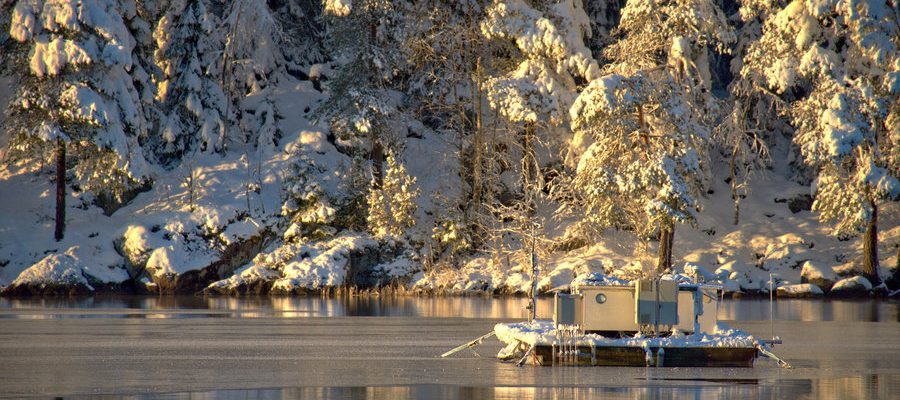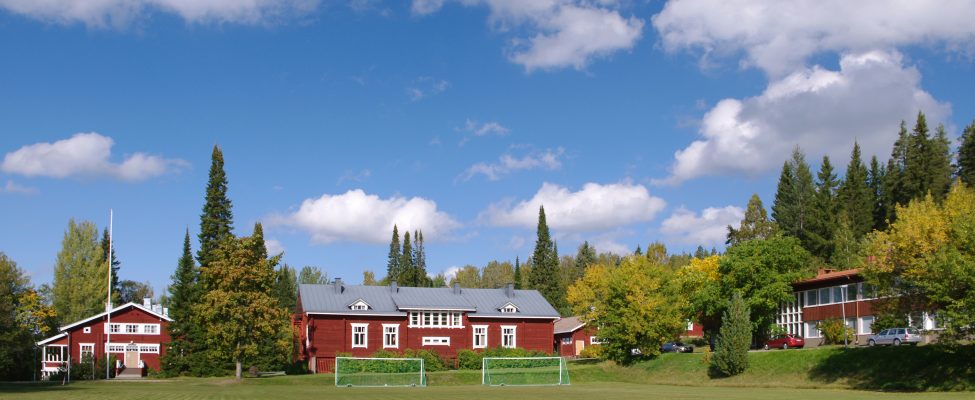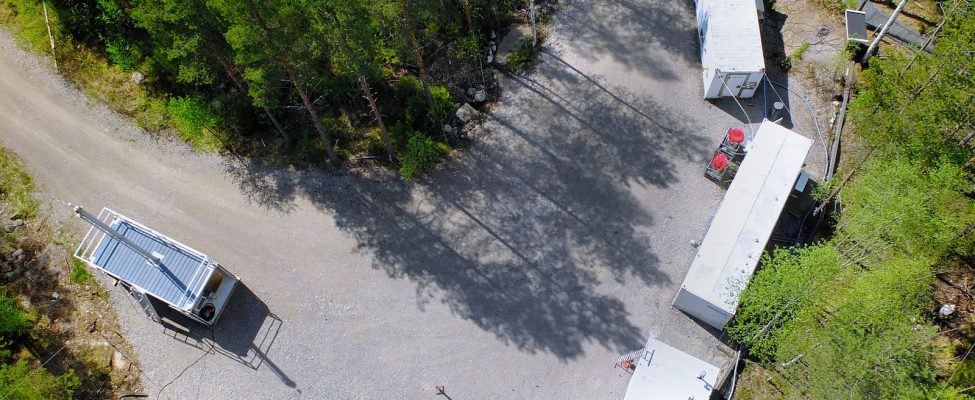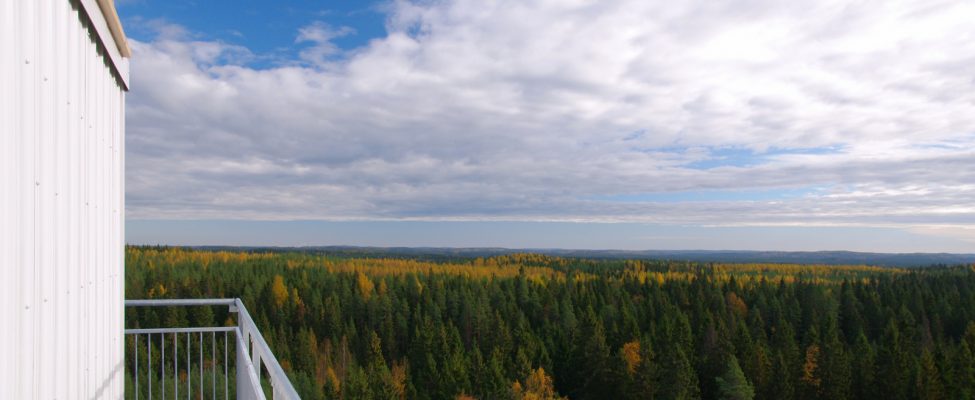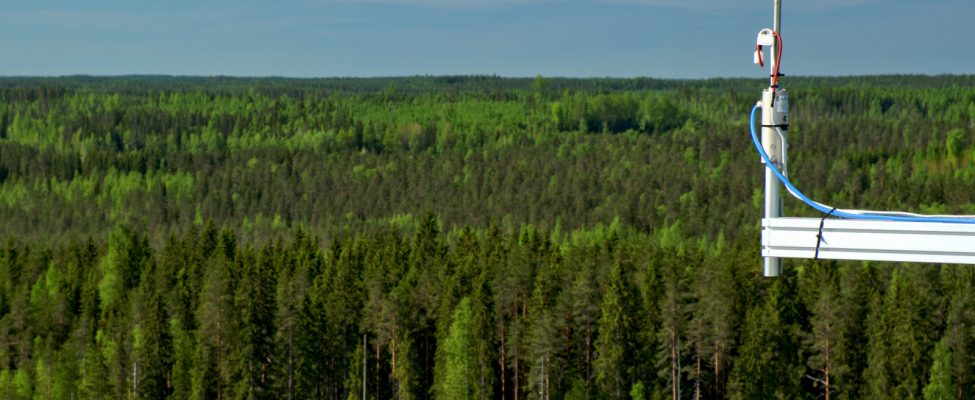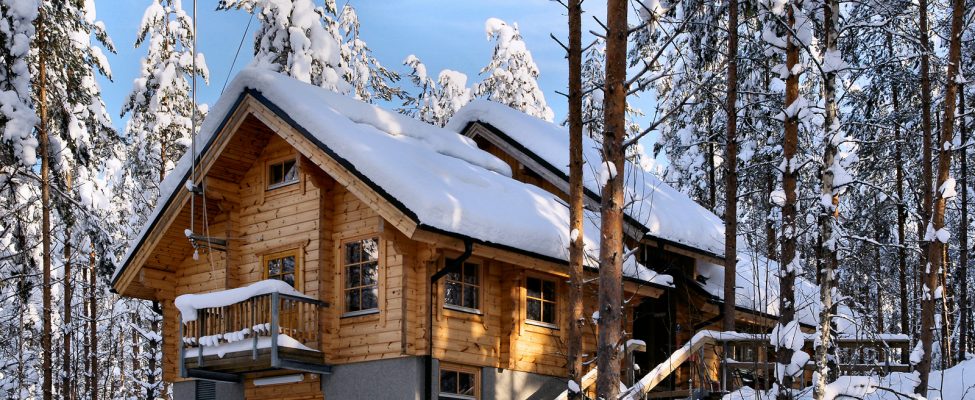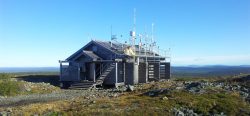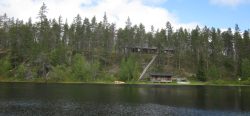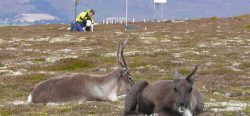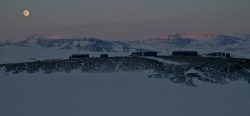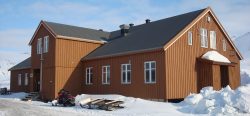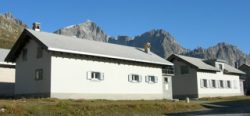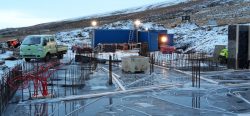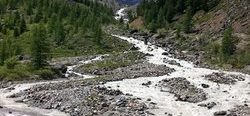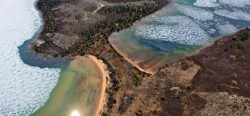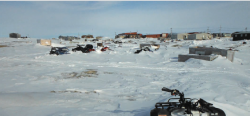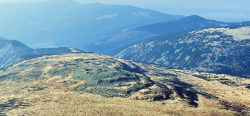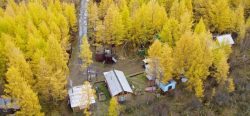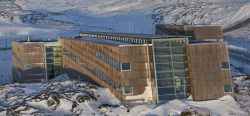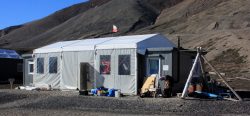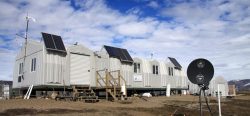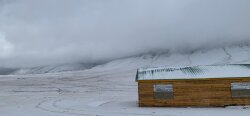Contact Details
NAME AND OWNER
The Hyytiälä Forest Research Station is managed by University of Helsinki, Department of Forest Sciences, and the SMEAR II station (Station for Measuring EcosystemAll the living organisms (including people) in an area as well as its physical environment, functioning together as a unit. An ecosystem is made up of plants, animals, microorganisms, soil,... More Atmosphere Relations) by Department of Physics.
LOCATION
The area is a borealNorthern, from Boreas, the Greek god of the north wind.... More mixed-coniferous forest with several small lakes and wetlands, the overall altitude is about 180 m.a.s.l. The SMEAR II station is located at the Forest Research Station. Most forests in the vicinity are state-owned and managed with normal forestry practices in cooperation with the station, in order to ensure constant long-term possibilities for their scientific and educational use. Several protected mire ecosystems, rare in central-southern Finland, are located in Siikaneva, 10 km SW from the station. Nearest population centre and industry, is located in Juupajoki, 10 km away. The largest city near the station is Tampere, located about 60 km from the site with about 200 000 inhabitants.
BIODIVERSITY AND NATURAL ENVIRONMENT
The station is located in a rather homogenous Scots pine stand on a flat terrain, 220 km North-West from Helsinki. The managed stand was established in 1962 by sowing after the area had first been treated with prescribed burning and light soil preparation. The annual long term average temperature in the area is +3.5°C, February is the coldest month (–7.7°C) and July the warmest (+16°C). The annual precipitation during 1981 to 2010 averages 711 mm. Sightings of moose are frequent, but also wolves and bears have recently been encountered in the region.
HISTORY AND FACILITIES
The Forest Research Station was established in 1910 as a practice area for forestry students. In 1995, the SMEAR II station started continuous measurements of ecosystemAll the living organisms (including people) in an area as well as its physical environment, functioning together as a unit. An ecosystem is made up of plants, animals, microorganisms, soil,... More atmosphere interactions. In summer, the station can accommodate 175 persons, and in winter, ca. 100 persons. The basic facilities include laboratory space and equipment, computers, wireless network, different means of transport for field trips, and a library with publications focused on forest sciences. The station has staff on duty every day year around, and the kitchen serves daily meals to both visitors and staff. The nearest commercial facilities such as grocery store and health centre are located in Juupajoki village, 10 km away.
GENERAL RESEARCH AND DATABASES
Multidisciplinary research on forests, peatPeat is a soil type formed from slowly decomposing vegetation. It is found in wet areas where the lack of oxygen slows the breakdown of plant matter. Peatlands are areas... More lands and atmosphere is the core of research at SMEAR II. A central topic is the role of forests and peatPeat is a soil type formed from slowly decomposing vegetation. It is found in wet areas where the lack of oxygen slows the breakdown of plant matter. Peatlands are areas... More lands in climate changeAccording to the United Nations Framework Convention on Climate Change, climate change is change in the climate of the whole Earth or a region of the Earth that is believed... More. Additionally, close to 250 long-term experimental sites representing different tree species compositions, developmental classes, site conditions and management histories are located nearby. The SMEAR-station participates in many research networks and infrastructures, including the European Integrated Carbon Observation System ICOS, critical zone and socio-ecology Research Infrastructure eLTER and EXPEER/AnaEE on experimental ecosystemAll the living organisms (including people) in an area as well as its physical environment, functioning together as a unit. An ecosystem is made up of plants, animals, microorganisms, soil,... More research. All data is stored in an open, searchable database.
HUMAN DIMENSION
The surroundings are sparsely populated forest and agricultural regions. The nearest local village is Juupajoki, about 10 km away, with ca 2000 inhabitants. The forests in the close-by region are in intensive use of forestry. Juupajoki also has some medium-sized industry including two sawmills. A small local museum exhibiting traditional lifestyle in early 1900’s Finland is located 2 km from the station.
ACCESS
The station can be accessed via a small paved road (1.5 km from main highway). The closest towns are Juupajoki (10 km), Orivesi (22 km) and Ruovesi (25 km). Coaches travelling along the national highway, route 66, have a stop at the turn-off to Hyytiälä (Hyytiälä th), 1.5 km from the Hyytiälä station. There are daily coach connections to Hyytiälä directly from both Helsinki and Tampere. The closest airport is in Tampere, about an hour drive to SW. The closest rail stops are Juupajoki (10 km) and Orivesi (25 km).
